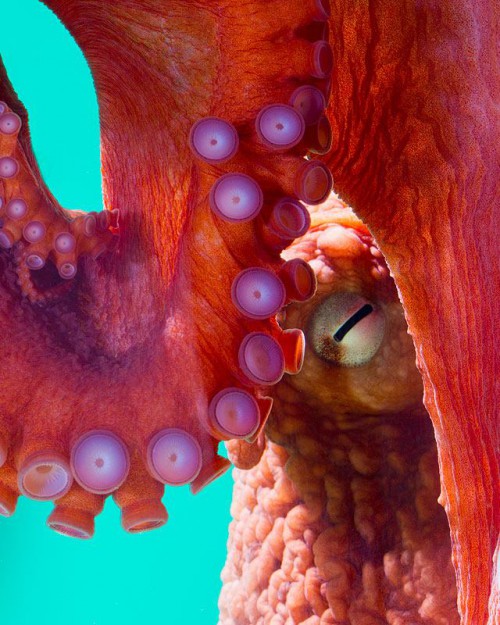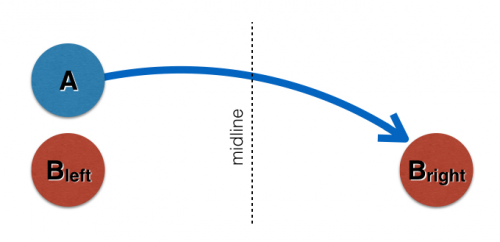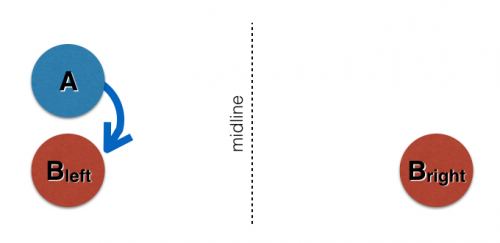The war on Christmas is over. Everyone just gave up in disgust. They read this story about reindeer parasites, complete with burrowing snot flies, vaginal maggot guns, and people picking maggots out of their eyes, and decided it just wasn’t worth it any more.
What kind of gun should I get to pick off flying reindeer? I’m thinking of spending Christmas Eve patrolling the neighborhood and making sure none of those diseased vermin get anywhere near my house.









